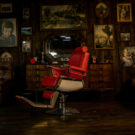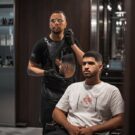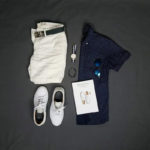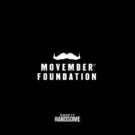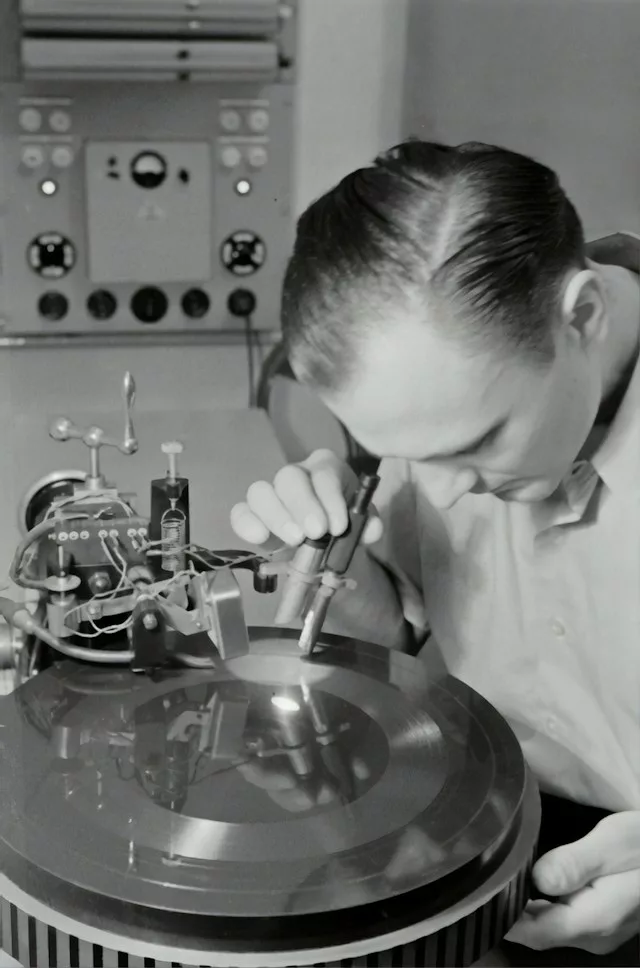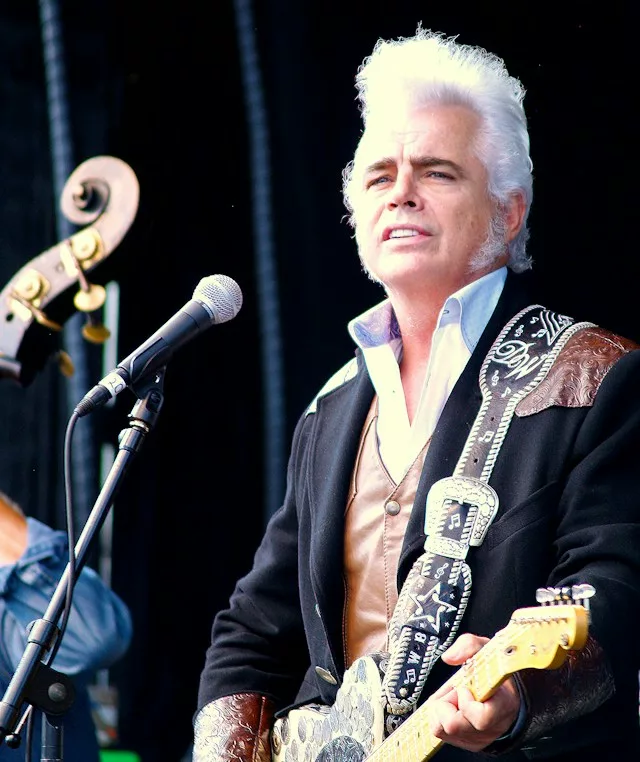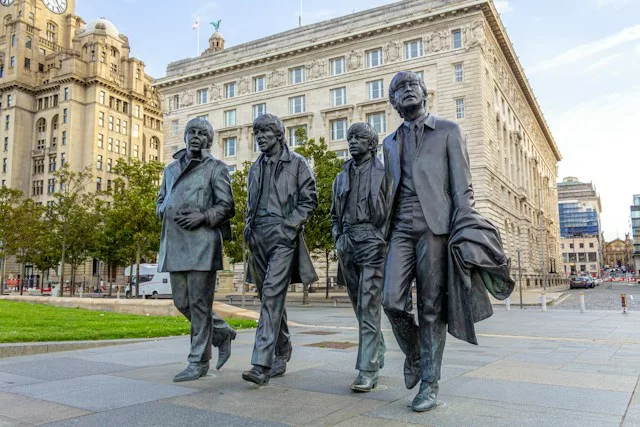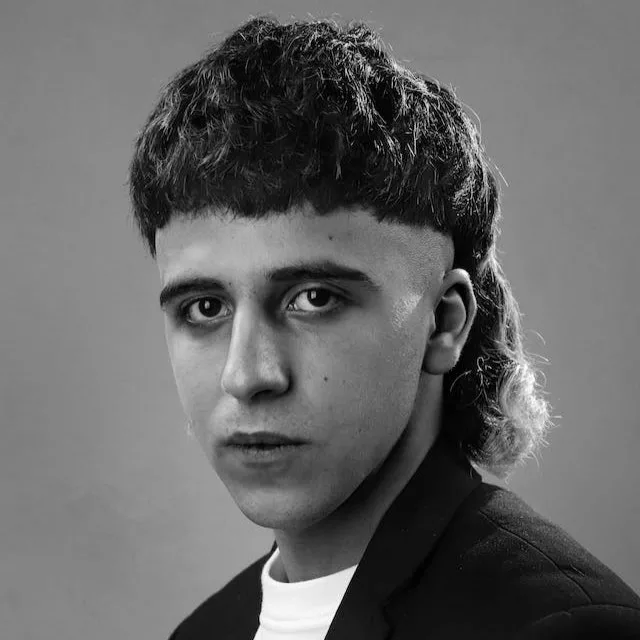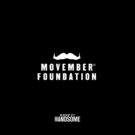Hairstyles have always been a key element of men’s fashion, influencing the choice of clothing and evolving over the decades. Hairstyles for men have chopped and changed significantly over the years and here we’re exploring some of the most popular styles throughout the years. The evolution of haircuts has seen a variety of lengths, product usage and many unexpected twists and turns throughout the years. Let’s begin in the 1930s.
1930s: A Classic Side Parting
A refined and conservative aesthetic was the dominant force in the 1930s. Economic times were hard, and men wanted to look their best professional selves. Neat and sophisticated, the simple side part became the most common look for men. It features the hair combed over to the side and slicked down.
1940s: Military Influence
The Second World War had an impact on all aspects of society, including fashion and style. Military influence became embedded in men’s fashion, and this included the military crew cut as a popular choice of haircut. The style was inspired by US soldiers and featured a short back and sides with slightly longer lengths on top.
1950s: Rock and Roll and the Pompadour
The 1950s saw a significant shift in attitudes and a more rebellious spirit took over younger generations, and with it came experimentation with fashion and style. The pompadour haircut was popularised by rock and roll icons like Elvis, and once Elvis had it, everyone else wanted it too. Almost all of us can envisage Elvis’ classic hairstyle but for those who can’t, it was a style full of volume, with the hair swept back from the forehead and built up to a height at the front.
1960s: Counterculture and longer hair
The spirit of the rebellion in the 1950s led to the peace, love and counterculture of the 1960s, where many men opted to experiment with much longer hair than ever before. Long, barely styled hair became symbolic of rebellion, with The Beatles leading the charge.
1970s: Shaggy Style
The long hair that became popular in the 1960s didn’t disappear in the 70s and remained a symbol of revolution and nonconformity. However, the unkempt styles of the 60s were being groomed and tamed into more styled looks. The 1970s brought us the mullet, beloved by footballers and of course Ziggy Stardust. Short layers on the top and sides with a longer back created a unique look.
1980s-1990s: The First Fades
More eclectic style came into play by the 1980s, with barbershops and barbers catering to a wide range of different styles, often guided by the music scene at the time. The fade haircuts became much more popular as longer hair fell out of fashion and many men opted for a longer top but a skin fade on the back and sides. Hip-hop culture significantly influenced the popularity of the fade, and by the 1990s it was being customised in new ways, with tousled and textured longer hair on top.
2000s: Spikes are in
The boy band period of the 2000s is not one that many of us look back on fondly, but the early 21st century brought us hairstyles that celebrated all things spiked. Gel or wax became essential in any man’s bathroom and for some, the shaper the spike the better!
The Hairstyle of Today
Diversity is at the heart of modern barbering and while some styles are particularly popular, a good barber will help you choose the perfect style. Even classic looks from years ago could be the perfect choice for your personal taste, there are thousands of looks to choose from.
Hairstyles have always been a key element of men’s fashion, influencing the choice of clothing and evolving over the decades. Hairstyles for men have chopped and changed significantly over the years and here we’re exploring some of the most popular styles throughout the years. The evolution of haircuts has seen a variety of lengths, product usage and many unexpected twists and turns throughout the years. Let’s begin in the 1930s.
1930s: A Classic Side Parting
A refined and conservative aesthetic was the dominant force in the 1930s. Economic times were hard, and men wanted to look their best professional selves. Neat and sophisticated, the simple side part became the most common look for men. It features the hair combed over to the side and slicked down.
1940s: Military Influence
The Second World War had an impact on all aspects of society, including fashion and style. Military influence became embedded in men’s fashion, and this included the military crew cut as a popular choice of haircut. The style was inspired by US soldiers and featured a short back and sides with slightly longer lengths on top.
1950s: Rock and Roll and the Pompadour
The 1950s saw a significant shift in attitudes and a more rebellious spirit took over younger generations, and with it came experimentation with fashion and style. The pompadour haircut was popularised by rock and roll icons like Elvis, and once Elvis had it, everyone else wanted it too. Almost all of us can envisage Elvis’ classic hairstyle but for those who can’t, it was a style full of volume, with the hair swept back from the forehead and built up to a height at the front.
1960s: Counterculture and longer hair
The spirit of the rebellion in the 1950s led to the peace, love and counterculture of the 1960s, where many men opted to experiment with much longer hair than ever before. Long, barely styled hair became symbolic of rebellion, with The Beatles leading the charge.
1970s: Shaggy Style
The long hair that became popular in the 1960s didn’t disappear in the 70s and remained a symbol of revolution and nonconformity. However, the unkempt styles of the 60s were being groomed and tamed into more styled looks. The 1970s brought us the mullet, beloved by footballers and of course Ziggy Stardust. Short layers on the top and sides with a longer back created a unique look.
1980s-1990s: The First Fades
More eclectic style came into play by the 1980s, with barbershops and barbers catering to a wide range of different styles, often guided by the music scene at the time. The fade haircuts became much more popular as longer hair fell out of fashion and many men opted for a longer top but a skin fade on the back and sides. Hip-hop culture significantly influenced the popularity of the fade, and by the 1990s it was being customised in new ways, with tousled and textured longer hair on top.
2000s: Spikes are in
The boy band period of the 2000s is not one that many of us look back on fondly, but the early 21st century brought us hairstyles that celebrated all things spiked. Gel or wax became essential in any man’s bathroom and for some, the shaper the spike the better!
The Hairstyle of Today
Diversity is at the heart of modern barbering and while some styles are particularly popular, a good barber will help you choose the perfect style. Even classic looks from years ago could be the perfect choice for your personal taste, there are thousands of looks to choose from.

